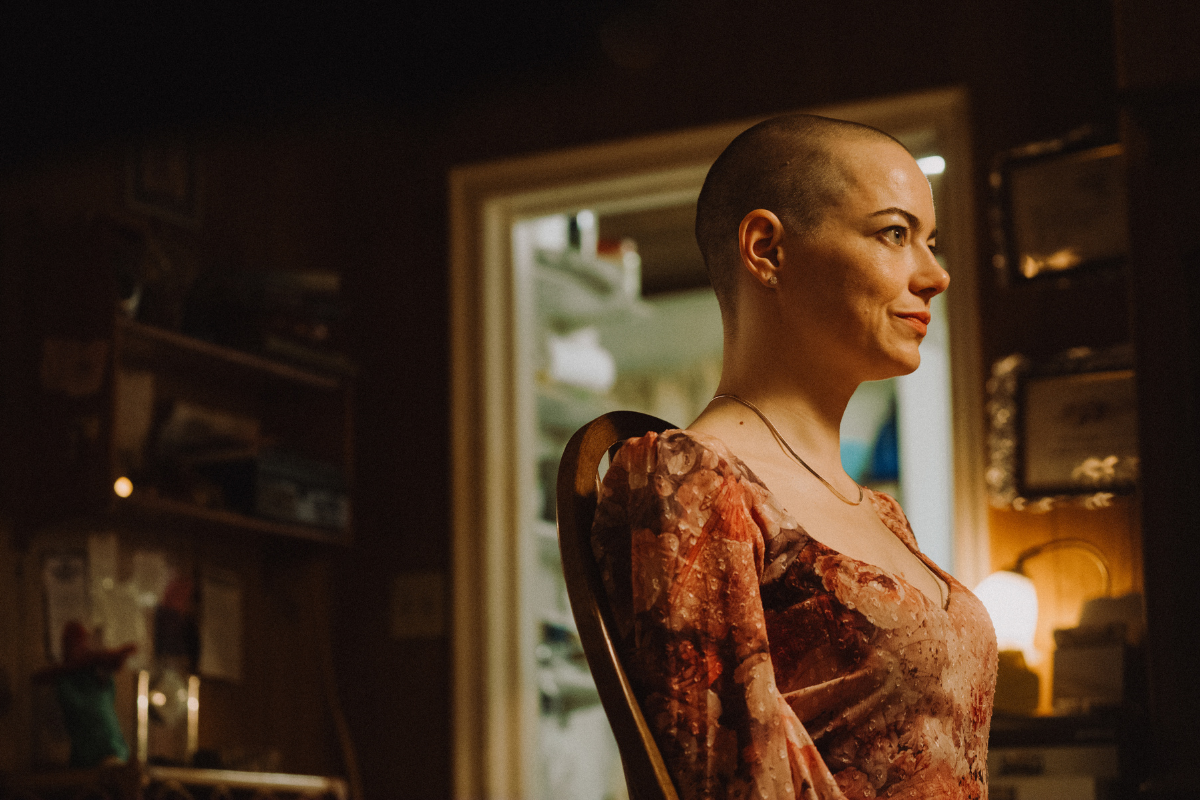WRITERS’ ROOM 101: Your First Writers’ Room
TV writer Eric Haywood shares a few things you can expect in your very first writers’ room.
Well, you did it. After years of cranking out script after script and taking meeting after meeting, you finally landed your first job on the staff of a television drama. Congratulations! Now what the hell do you do?
Let’s discuss what you can expect once you step inside your first writers’ room.
The beauty of being an entry-level writer is that by definition, most (if not all) of the other writers on staff are more experienced than you, ranging from “a tiny bit more experienced” to “several shows under their belt, including some well-known hits and well-known flops.” That means, whatever show you’re working on, you’ll be stepping into what is hopefully a well-oiled machine run by people who know what they’re doing. So your biggest concern is to get in there and observe how the machinery works without screwing up.
Before the first day of work, you’ll be given a start date and told when and where to show up. You’ll have an office...hopefully with your name on the door. A computer will be set up for you, pre-loaded with the show’s professional screenwriting software of choice. You might even get your own designated parking space. Basic office supplies will be purchased for you. And if you’re lucky, the show will even spring for lunch every day (some won’t, so never take this perk for granted, definitely don’t abuse it, and enjoy it while it lasts).
All of these things will be handled by the office staff (be nice to them!), leaving you with very little to worry about except showing up on time and being the best writer you can be.
Once you actually begin the job, whether you’re staffed on a pilot or joining a long-running show that’s either at the top of its game or a little past its prime, the writers’ room itself will usually function the same way.
It goes like this:
A bunch of people sit in a room at a long conference table (or sometimes on couches or other comfy chairs). The showrunner typically sits at the head of the table - see below for more on this - and announces the day’s writing agenda. Everyone then takes turns pitching ideas for the story or character at hand as a writers’ assistant types up everything that’s said. There will usually be large dry-erase boards on the walls (or some other method for putting ideas up where everyone can see them), and when it comes time to “break” a story, someone will stand at the boards and write out the beats so the whole room can follow along and stay on the same page.
This is where you come in. You’re expected to participate in the pitching process, either speaking up and offering your own ideas or listening to everyone else’s pitches and adding to one of theirs if an idea inspires you to suddenly think of a way to make it better.
At the end of the day, the writers’ assistant will e-mail everyone a document containing the day’s room notes – again, everything that was discussed or pitched that day. It is expected that you will review the room notes either later that night or first thing the next morning before the room reconvenes so that your memory’s refreshed and you're all caught up and ready for another round of brainstorming. That’s your homework. Do it.
Often, especially once the show is in production, the showrunner will get called away to handle one of a million different things involved in putting the show together – meetings with department heads, dealing with the network, looking at location photos or audition reels, and so on – so the staff's head writer will “run the room” in the showrunner's absence.
SIDE NOTE #1: For purposes of this blog, we'll define “showrunner” as the person who created the show and wrote the pilot (and usually episode 2 as well). This is not always the case. Sometimes, a show’s creator and showrunner are two different people. Sometimes, there are two showrunners. There are quite a few variations, but let’s simplify things and assume that unless otherwise noted, the term “showrunner” indicates the one person who’s the series creator and final arbiter of what ends up on the page and on the screen.
SIDE NOTE #2: A quick word or two about room seating. As I mentioned earlier, the showrunner will usually sit at the head of the table. The next-highest-ranking writers in the room (usually co-executive producers or executive producers themselves) will sit beside the showrunner. On your first day in the room, and maybe even for the whole first week, observe this protocol and DO NOT plop yourself down at the head of the table, even if you walk in and find that it's the only open seat left. Unless the showrunner is already seated somewhere else, you should assume that that seat is being reserved for him/her and squeeze yourself in somewhere else if need be. Your fellow writers will make room for you. As time goes by, the seating arrangement may become more relaxed and less "political," and you'll see people grabbing any old seat they like. But no matter how far along in the season you are, you should always have the mindset of a houseguest and sidestep the head seat as a best practice.
In a future post, I’ll get into the specifics of pitching, what it means to “break” a story, and some helpful do’s and don’ts of the room. This post is meant to give you a broad overview of the basic process. The steps described above will repeat themselves daily until all stories are broken and all scripts are written. Hopefully, at least one of the season’s episodes will be written by you. That will depend on the size of the writing staff, the show’s particular needs, and ultimately, the showrunner’s discretion.
But for now, take a moment to appreciate the fact that you made it. You’re officially a part of your very first writers’ room.
And if you play your cards right, it’ll be the first of many.
Breaking Into the TV Writers' Room
At a Glance:
- Explore ways to navigate the roadblocks and get work in TV writing
- Learn how different kinds of shows seek and select their writing staffs and assistants
- Discover how spec TV scripts, other forms of writing are used for hiring
TV Writers’ Room 101 by Eric Haywood: If you’ve ever wondered what goes on inside a television drama writers’ room, look no further. “Inside the Writers’ Room” will pull back the curtain and show you how “the room” functions, how ideas get pitched and stories get broken, how the writer functions on set when an episode he or she has written is being filmed, and more. This column is geared towards writers who are either actively seeking to break into television writing or have already landed their first job on staff and could use a little help navigating the unspoken do’s and don’ts. Twitter: @EricHaywood







